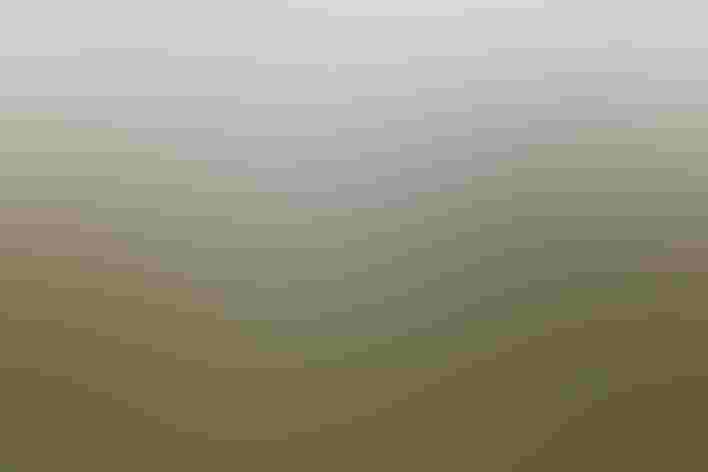Ring-billed Gull
At a Glance
Often the most common and widespread gull in North America, especially inland, and numbers are probably still increasing. Sociable at all seasons; concentrations at nesting colonies or at winter feeding sites may run into the tens of thousands. The Ring-bill has adapted thoroughly to civilization. Flocks are often seen resting in parking lots, scavenging scraps around fast-food restaurants, or swarming over landfills.
All bird guide text and rangemaps adapted from Lives of North American Birds by Kenn Kaufman© 1996, used by permission of Houghton Mifflin Harcourt Publishing Company. All rights reserved.
Category
Gull-like Birds, Gulls and Terns
IUCN Status
Least Concern
Habitat
Coasts and Shorelines, Fields, Meadows, and Grasslands, Freshwater Wetlands, Lakes, Ponds, and Rivers, Landfills and Dumps, Saltwater Wetlands, Urban and Suburban Habitats
Region
Alaska and The North, California, Eastern Canada, Florida, Great Lakes, Mid Atlantic, New England, Northwest, Plains, Rocky Mountains, Southeast, Southwest, Texas, Western Canada
Behavior
Direct Flight, Hovering, Soaring, Swimming
Population
3.800.000
Range & Identification
Migration & Range Maps
Migrates in flocks, often following coastlines or major river systems. Tends to fly higher when migrating over land. Not as hardy as American Herring Gull, tends to move farther south in winter.
Description
19" (48 cm). W. 48 (122 cm). Adult has neat black ring on yellow bill, white spots in black wingtips, yellow or greenish yellow legs, pale eyes. (Note: some American Herring Gulls in winter have dusky bill rings.) Immature much paler and grayer than youngest American Herring or California Gulls, with black-tipped pink bill. Reaches adult plumage in third winter.
Size
About the size of a Crow, About the size of a Mallard or Herring Gull
Color
Black, Brown, Gray, White, Yellow
Wing Shape
Narrow, Pointed, Tapered
Tail Shape
Rounded, Short, Square-tipped
Songs and Calls
Loud, raucous mewing cry, like that of American Herring Gull but higher pitched.
Call Pattern
Falling, Flat
Call Type
Raucous, Scream
Habitat
Lakes, bays, coasts, piers, dumps, plowed fields. Associated with water at all seasons, although it does much of its feeding on land. Favors fresh water as much as salt water, but often common along coast, especially at harbors and estuaries; rarely any distance offshore. Common around cities, docks, farm fields, landfills, other human-altered habitats.
Sign up for Audubon's newsletter to learn more about birds like the Ring-billed Gull
Behavior
Eggs
2-4, sometimes 1-8. Gray to olive, blotched with brown. (Clutches of more than 4 eggs result from more than one female. Sometimes two females form "pair" and share nest.) Incubation by both sexes, 23-28 days.
Young
Both parents bring food for young, and brood them while they are small. Young may wander out of nest by 2nd day, but remain in immediate area. Young capable of flight about 5 weeks after hatching, become independent 5-10 days later.
Feeding Behavior
Opportunistic. Wide variety of foraging behaviors while walking, wading, swimming, flying. May steal food from other birds. Often scavenges in garbage dumps and other places where food scraps may have been tossed out.
Diet
Omnivorous. Diet varies with location and season, but major items include insects, fish, earthworms, grain, rodents, and refuse. Forages in freshly plowed fields for grubs and earthworms.
Nesting
Breeds in colonies, sometimes associated with California or American Herring gulls. In courtship, both birds stretch upright and alternately face toward and away from each other; male feeds female. Nest site is on ground near water in area with sparse plant growth. Nest (built by both sexes) is shallow cup of grasses, twigs, moss.
Conservation
Conservation Status
Seriously depleted by human persecution during late 19th century, but has made strong comeback. Population in 1990 estimated at 3 to 4 million and probably still increasing. Has benefitted from availability of food provided by garbage dumps and farming practices. High populations may have negative impact on nesting Common Terns and other birds.
Climate Threats Facing the Ring-billed Gull
Choose a temperature scenario below to see which threats will affect this species as warming increases. The same climate change-driven threats that put birds at risk will affect other wildlife and people, too.
















